From the November 2021 issue of Apollo. Preview and subscribe here.
Stepping off the train at Blantyre – a small satellite of Glasgow, eight miles or so south-east of the city – feels an awful lot like stepping into a shrine. Greeting you on the side of the platform are two iron figures wearing African-style face masks and bearing between them an empty hammock. Into the path that leads to town is set a series of stone plaques framed with Celtic designs; the first reads simply ‘David Livingstone – Missionary – Doctor – Explorer – Man of Africa’.
Livingstone was born at Shuttle Row, a tenement block for the families of workers at Blantyre Mills, in 1813. In 1929, half a century after he died with malaria and dysentery in what is now Zambia, the building reopened as the David Livingstone Centre. Its collection included objects owned by Livingstone, ranging from geographical and medical implements to African craft objects, as well as relics acquired by acolytes after his death, and the Blantyre Works Library, a collection of books that were provided for the education of families like Livingstone’s. At the opening, the Church of Scotland led a service for a congregation of some 10,000, broadcast on BBC Radio; the Duchess of York ceremonially unlocked the door to the Livingstones’ family room, at which point the kirk’s pastor James Macnair declared that ‘The door just opened is narrow and the stair it leads to, stiff and difficult – fit symbol of the life of the great man born there.’
When I visit in late July, the building has just reopened (with considerably less fanfare), after being closed for a four-year renovation. It has been renamed the David Livingstone Birthplace Museum, although at first glance, there’s little to distinguish the place from the hagiography of old. Lowering down from the limewashed walls is a plaque of Livingstone in profile, all beetling brow and fierce moustache. In the grounds behind is a marble-and-bronze fountain depicting the globe, built by Charles d’Orville Pilkington Jackson and installed ahead of the opening in 1929; it’s tilted so that Blantyre is at the top of the world.
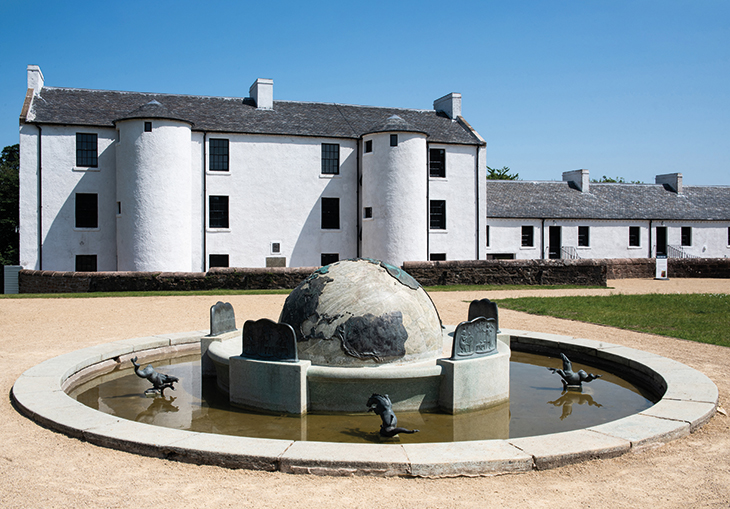
The David Livingstone Birthplace Museum, Blantyre. Photo: Kat Gollick
The changes that have been made inside the new museum, though, do a fine job of bringing the place up to date. It’s not easy to repackage a museum devoted to a Victorian missionary for the present day – especially with a figure as complicated and contrary as Livingstone. He was instrumental in forcing the British government to intervene in the East African slave trade, yet his excursions into the interior of the continent – under his chosen banner of ‘Christianity, Commerce and Civilisation’ – inspired followers such as Henry Morton Stanley who were rather less interested in the well-being of the locals, and paved the way for the exploitation of Africa by the likes of Stanley’s paymaster, Leopold II of Belgium. The curators have confronted these difficulties in a way that neither lionises nor damns, but looks at Livingstone’s achievements – as well as his considerable failures – in light of the world he came from, the one he lived in, and the one he helped to shape.
The room of his birth is preserved, with its truckle beds, its pots and pans, and hanging from the ceiling the ‘farlie’ basket where food was kept out of the reach of rats. In the corridor outside is a spinning jenny; from the age of 10, Livingstone worked 12-hour days as a piecer, ducking under the frame to mend broken cotton threads. Livingstone, perhaps realising it was his best hope of a way out, would read late into the night; by day, the other kids made a game of chucking bobbins at the books he would balance on the cotton machine.
After he crossed the continent of Africa from East to West in the 1850s, finding the Zambezi (or ‘Victoria’) Falls en route, Livingstone became one of the most famous men in the British Empire. That he had risen to this position from such poverty formed a crucial part of the cult of personality that was built around him. The Victorians liked to think of his time in Africa in terms of continuity – his character forged in hardship, he was primed to excel when confronted with the dangers and deprivations that lay ahead. In reality, Livingstone was tremendously ill-suited to the life he had taken on. He’d swallowed the propaganda of missionary pamphlets wholesale and was unprepared for the realisation that this was unglamorous, thankless work. His mentor Robert Moffat had spent two painstaking decades achieving perhaps 40 converts in Kuruman; Livingstone managed only one, Chief Sechele of the Kwena tribe in Bechuanaland (now Botswana), in the course of his whole career.
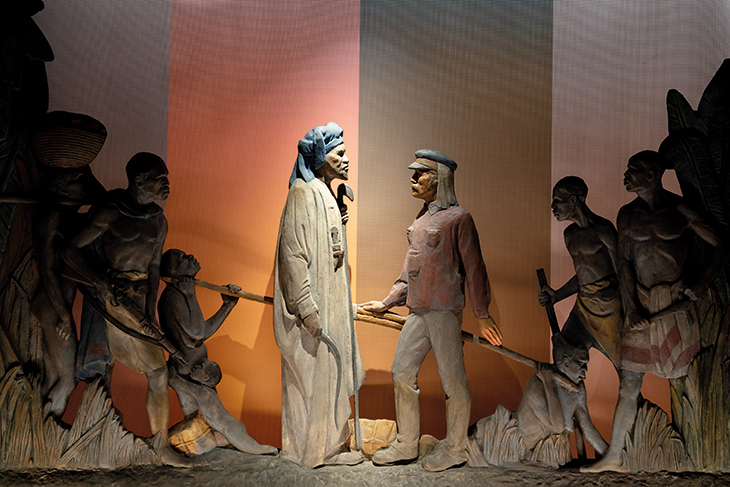
‘Mercy’ (1929), from a series of eight polychromatic plaster tableaux depicting the life of Livingstone by Charles d’Orville Pilkington Jackson. David Livingstone Birthplace Museum, Blantyre. Photo: Kat Gollick
The museum shifts gear when Livingstone gets to Africa. Sechele proved a far more successful evangelist for the gospel; the museum gives him his due, with photographs, personal effects (including gifts from Livingstone and his wife, Mary, of basins and trays), and wall texts making plain the political sacrifices Sechele had to make in agreeing to monogamy. It’s part of a broader strategy in the redisplay of focusing on the individuals whose stories have previously been absorbed into Livingstone’s – from Mary Livingstone, who was Robert Moffat’s daughter, to James Chuma and Abdullah Susi, who led the remarkable expedition to carry Livingstone’s body more than 1,000 miles to the coast so that it could be returned to Britain and interred at Westminster Abbey. There are also more nefarious figures, represented here by displays of objects from a slaver’s caravan – Conus shell currency, ivory loudspeakers, satchels. Livingstone once declared that his final expedition, to seek the source of the Nile, was a means of securing such renown that it would ‘open my mouth with power among men’ – men who had so far shown little interest in intervening in slavery – and ‘remedy an enormous evil’. The museum shows that his rigid pursuit of this goal ironically led him to befriend his enemies.
The curator, Natalie Milor, hasn’t shied away from spectacle – visitors can find here the red shirt which Livingstone was supposed to have been wearing on his meeting with Stanley in 1871 (‘Dr Livingstone, I presume?’); a terrifically hammy sculpture of the lion that mauled his arm on his arrival in South Africa in 1844; and a cast of his badly reset humerus – one of many which circulated as relics after his death. But these moments, placed for the first time in a broader context, add up to more than hero worship. Nowhere is this made clearer than in the museum’s treatment of its series of eight painted plaster tableaux, commissioned from Pilkington Jackson in the 1920s (and newly conserved here). They depict scenes from Livingstone’s life as allegories of Christian virtues: ‘Courage’, when greeting a group of Zulu warriors; ‘Mercy’, when confronting an Arab slave trader (Fig. 2); ‘Endurance’, as he battled the illnesses that would kill him. In the final room, the tableaux have been recreated as animations: a new commission, scripted by the Zimbabwean author (and Livingstone scholar) Petina Gappah, which imagines the stories of – and gives names to – the Africans who appear alongside him.
What visitors will make of all this is another question. At the exit, I overhear a mother scolding her young son, who is bent over the visitors’ book. ‘You’re supposed to write what you think,’ she says. He’d drawn a big picture of a lion.
From the November 2021 issue of Apollo. Preview and subscribe here.
Unlimited access from just $16 every 3 months
Subscribe to get unlimited and exclusive access to the top art stories, interviews and exhibition reviews.

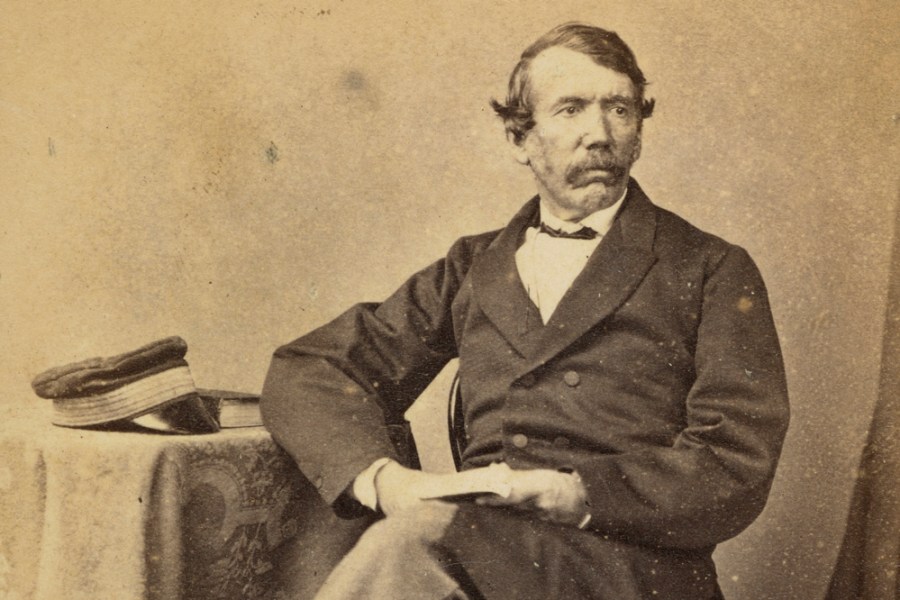
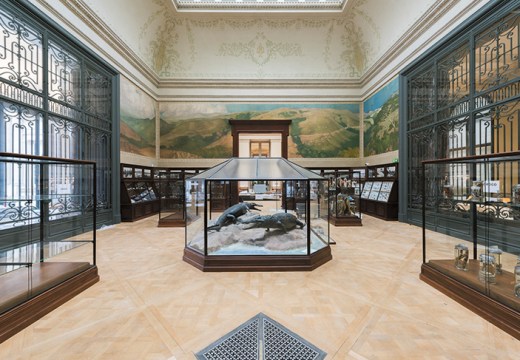
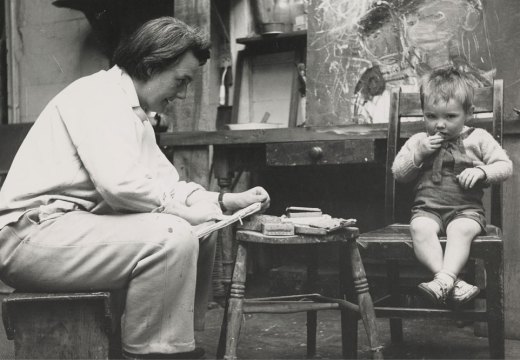
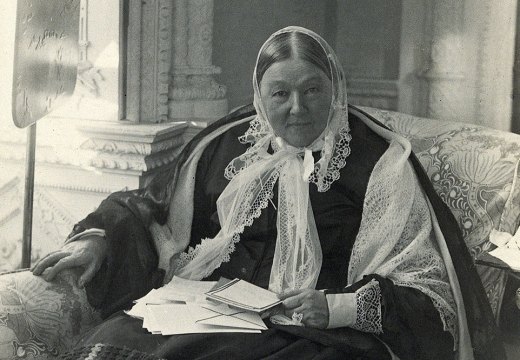









![Masterpiece [Re]discovery 2022. Photo: Ben Fisher Photography, courtesy of Masterpiece London](http://www.apollo-magazine.com/wp-content/uploads/2022/07/MPL2022_4263.jpg)
It’s time for the government of London to return to its rightful home